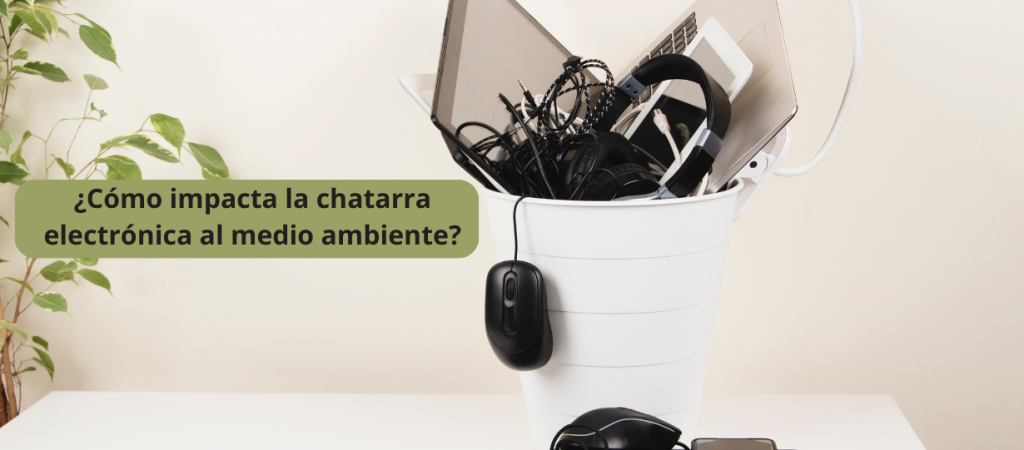
Globalization has boosted the consumption of electrical and electronic devices such as cell phones, computers and televisions, among other devices that have a high replacement rate that increases with the GDP of nations.
But after reaching their useful life or becoming damaged, these devices are discarded in inappropriate ways, impacting the generation of so-called electronic scrap or WEEE (waste of electrical and electronic devices).
It is estimated that in the world this waste grows exponentially up to four times faster than other waste and nearly 80% of these materials end up in unsuitable landfills. In fact, more than 50 million tons are generated annually in the world and more than 60 billion dollars are lost in this waste.
However, at the national level it is estimated that in Chile more than 400,000 tons of this waste will be generated annually starting in 2028, placing us as one of the South American countries with the highest annual generation rate of close to 12 kg/inhabitant.
At Hidronor we have contributed to correcting this situation, becoming facilitators of the value chain process of the country's circular economy, working under the concept "from waste to resource", thanks to which we direct part of our efforts towards using industrial waste. that we capture to treat them and reintroduce them to the industrial production chain, as is the case of waste [KH1] such as batteries, scrap metal, metal parts, batteries, among others, which we value with this objective.







